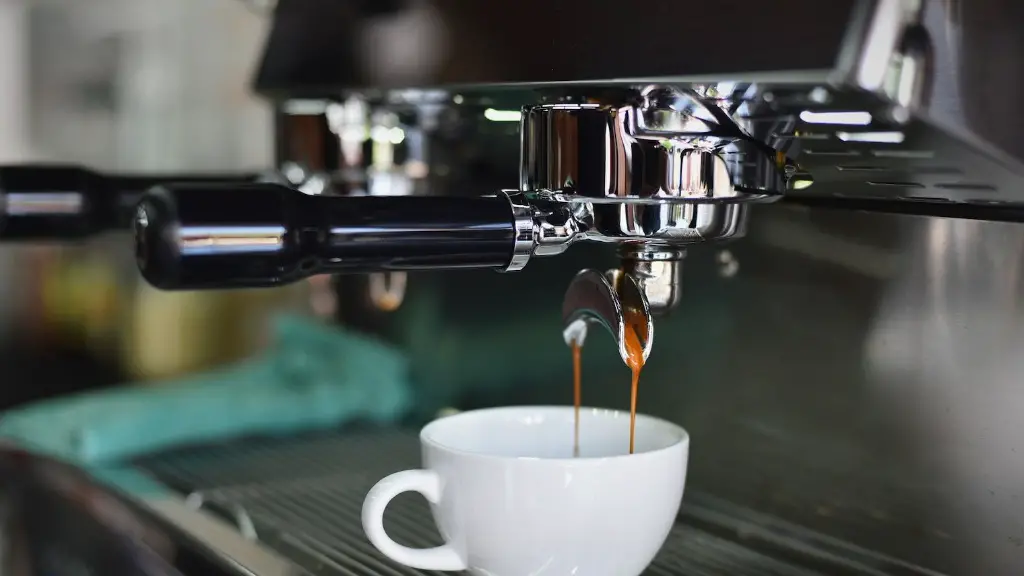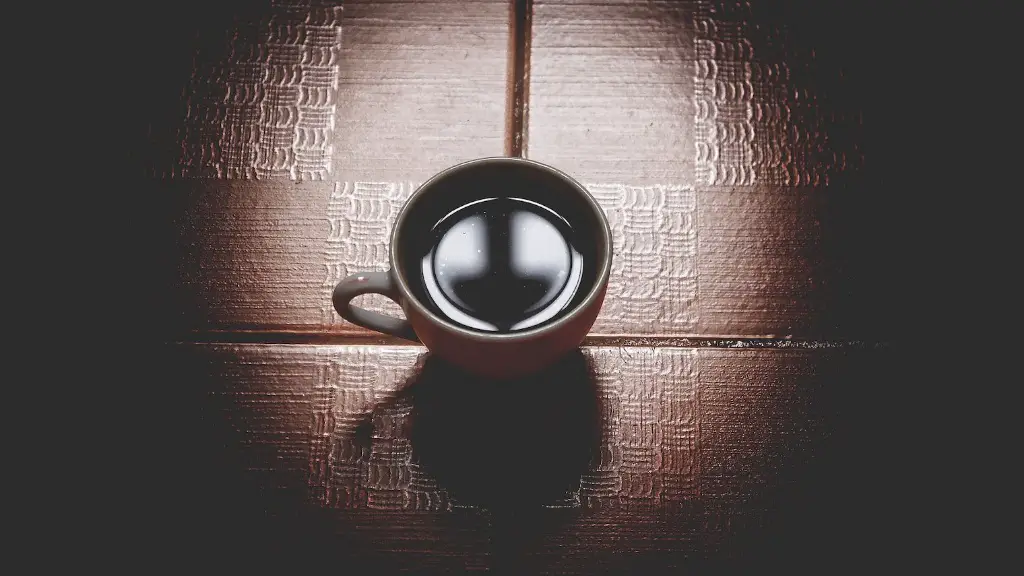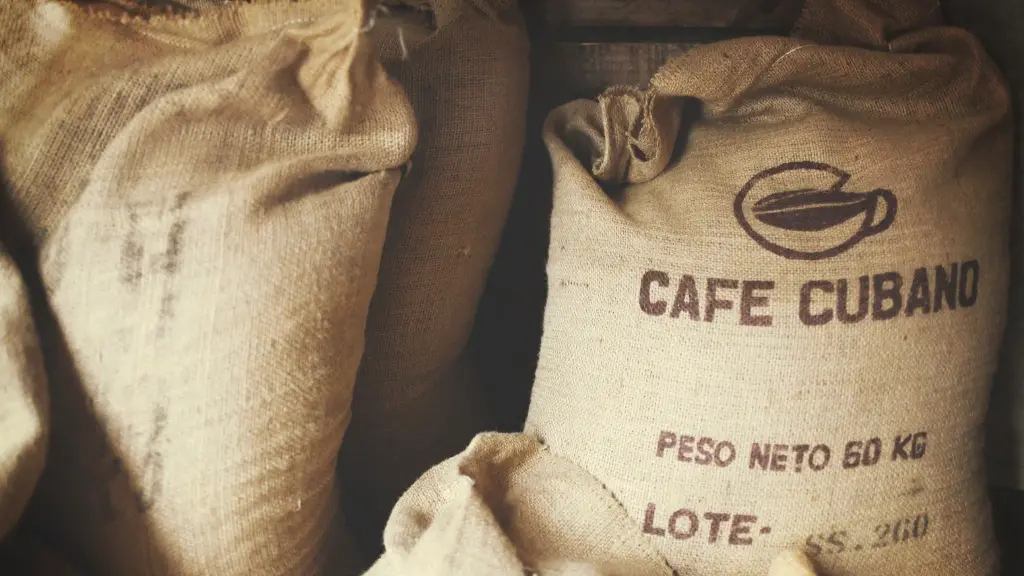Effects of Coffee
Coffee is an integral part of many people’s days, providing energy, aiding concentration and boosting moods. But getting used to drinking coffee can be daunting for those who find it too strong or tasteless, or have never tried it before. Understanding the different effects of coffee, narrowing down the flavor and strength of your choice, as well as exploring other related beverages, can help those looking to join the ranks of coffee lovers.
Most coffee drinkers can attribute positive effects from their regular coffee consumption, such as increased energy, enhanced alertness and greater concentration. This is largely due to the natural stimulants found in coffee, such as caffeine and antioxidants. Caffeine stimulates the brain and body, helps information move through the brain more quickly, and increases alertness, while antioxidants keep your body healthy and balanced.
The potential downsides of coffee, while less pronounced, can still influence your experience. For instance, coffee’s stimulating effect can cause feelings of restlessness and make it difficult to fall asleep. Other effects like heartburn and headaches can stem from the natural chemical compounds found in coffee, while too much caffeine can lead to feelings of jitteriness. Plus, those looking to steer clear of caffeine-related effects can look to decaffeinated versions of coffee, or other coffee-like drinks made with different ingredients.
Finding the Right Type of Coffee for You
Choosing the flavor, strength and type of coffee that works best for you can help make the transition easier. While there are many different types of beans and ways to prepare your coffee, investing in a high-quality coffee machine to gradually adapt to the taste of coffee can help. Many experts say that having a few specific brews as a base will make it easier to tweak the flavor.
When it comes to single-origin or blend, there is no right or wrong choice; just pick one and have fun with it. Single-origin coffees have a distinct flavor profile and can be sourced from various countries, while blend coffees are combinations of different varieties and can have more complexity than single origin. Roast also impacts the flavor — from pale to dark — and varieties from lighter roasts often have more complex flavors than darker roasts.
Choosing the Right Grinding Method
To get the most out of your coffee, learning how to grind beans to the right size for your particular coffee-making method is key. With grinding, there is no one-size-fits-all approach — it varies according to the method chosen. For instance, espresso requires the grinds to be quite fine to create the rich, crema-like texture, while drip coffee tends to require a medium to coarse grind.
When it comes to grinding coffee beans at home, many coffee lovers recommend investing in an electric, burr-style grinder. Burr grinders are unique in that they crush the beans between two revolving plates or surfaces instead of cutting them. This method makes them friendly to beginners trying to figure out the right grind size as it offers controlled and consistent grinding results.
Exploring Different Ways of Brewing Coffee
Knowing the various ways to brew coffee can help make your transition to coffee drinking smoother. The most common techniques for brewing coffee include pour-over, drip, French press, espresso and cold-brew.
Pour-over coffee is a traditional method that involves pouring a small amount of hot water over freshly ground coffee. Drip coffee, probably the most popular and reliable method for extracting coffee, can be done with a drip machine or even a paper filter. French press uses a simple plunger system to steep grounds and deliver a more flavorful cup of coffee. Espresso entails a machine to apply pressure to a blend of finely-ground coffee to create a concentrated and flavorful cup. And cold-brew involves infusing coffee grounds with cold or room-temperature water for a concentrate that can be mixed with hot water or milk to make a smooth, mellow cup of coffee.
Exploring Other Coffee-Related Beverages
For those looking to slowly ease into coffee drinking, exploring other beverages or drinks related to coffee can be a great way to start. Latte and cappuccino are two classic beverages made by adding steamed milk to espresso shots. An affogato is a shot of espresso shot poured over a scoop of ice cream. Mocha is another popular drink that combines espresso, steamed milk and chocolate. And if you’re looking for a coffee-free alternative, there are several coffee-like drinks you can try such as chai tea and tea lattes.
Learning About Different Beans and Their Origin
Learning about the various coffee beans on the market and where they come from can help you make an informed decision about what type of coffee to drink. Coffee beans come from various parts of the world, such as Brazil, Ethiopia, and Colombia, to name a few. Each region produces unique beans with unique flavor profiles and characteristics. Coffee beans are also available in various levels of processing and different roasts, making it easy to find the perfect coffee to match your taste.
Also, given today’s coffee market, there are now both ethically-sourced and organic coffees which can help you make an informed choice about your coffee consumption.
Understanding How Much Caffeine You Can Have
Drinking too much coffee can be detrimental to health, as it can lead to restlessness and sleeplessness. To avoid this, it is important to understand the amount of caffeine your body can handle. The recommended daily allowance for adults is 300 to 400 mg per day, however, it is always best to speak to a healthcare professional to determine the best amount for you.
If you’re trying to limit your caffeine intake, various methods can help. Alternating between caffeinated and decaffeinated coffee, and choosing drinks that have lower caffeine content, such as light-roast coffee, can help you stay within the recommended amount. You can also swap coffee for herbal teas or black tea that also provide a pleasant caffeine rush with no crash.
Making Coffee Drinking Part of Your Social Life
Making coffee drinking part of your social life can help make it a regular habit. This could mean visiting cafés regularly with family or friends, or even exploring how to host a coffee tasting party — a fun and educational way to get to know various coffees by comparing and contrasting them side by side.
Additionally, involving yourself in the coffee community can help expand your palate and create a more meaningful connection to the drink. Exploring the different types of coffee beans, their origins, and the flavors they bring to the table can be an enjoyable experience. You can even look into barista competitions and workshops to further broaden your knowledge and appreciation of coffee.
Making Use of Technology and Coffee Subscription Services
Many technological advances in brewing, grinding and storing coffee can help make the transition to coffee drinking easier.
Coffee subscription services are now widely available and make great gifts, allowing you to receive freshly roasted coffee beans and other brewing accessories, like filters and grinders, on a regular basis. There are even companies that offer a tailored ‘coffee palate profile quiz’ to determine the best beans for you based on type of drink, roast and origin.
Moreover, with smart-connected kitchen gadgets that can connect to a smartphone or tablet, like coffee makers, electric drip machines, French presses and espresso makers, you can have your coffee ready when you wake up, without having to fumble around your kitchen.
Stocking Your Kitchen with Coffee Accesories
Having the proper coffee accessories on hand can really help make your coffee-drinking experience more enjoyable.
A coffee thermometer can be extremely handy for those looking to get the most out of their coffee, as it is pivotal to understanding the ideal temperature for both water and coffee. Also, as mentioned, a burr coffee grinder can make a great addition to coffee drinkers wanting consistency and control of their coffee grinding. And manually operated coffee brewers, such as Hario’s V60, Aeropress and French press, can add fun and variety to your coffee-drinking experience.
Storage containers and canisters are also a necessity for keeping freshly-roasted coffee beans at their peak flavor. These containers should be airtight to keep coffee beans fresh and free of contamination for extended periods of time.
Getting Used to Drinking Coffee
Transitioning to drinking coffee can be daunting, but it can be an enjoyable and rewarding experience. Understanding the different effects of coffee, ways of brewing and preparing coffee, learning more about beans and their origins, and making use of accessories, technology, and coffee subscription services can help make the transition smoother. While it may seem intimidating, the idea is to experiment and have fun with it. So go ahead, explore the world of coffee, and enjoy the journey.


